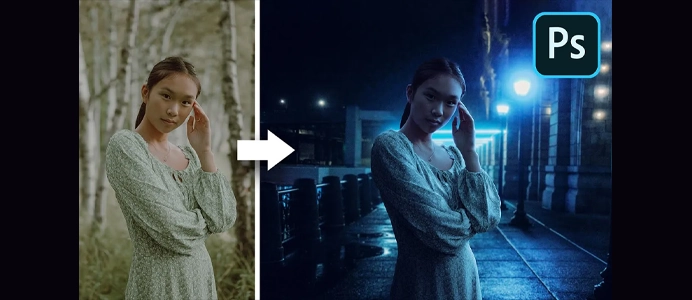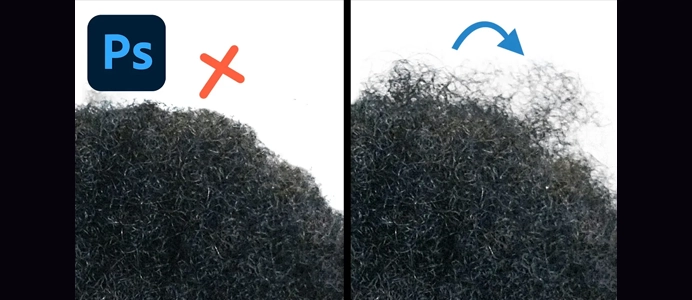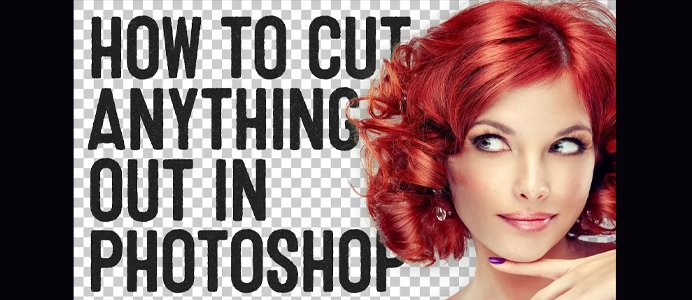How to use Oil Paint Filter in Photoshop
This is How to use Oil Paint Filter in Photoshop. Here’s a step-by-step guide on how to use the Oil Paint filter:
1. Open Your Image:
- Open the image you want to apply the oil paint effect to in Photoshop.
2. Convert the Layer to a Smart Object (Optional):
- Right-click on the background layer in the Layers panel and choose “Convert to Smart Object.” This step is optional but allows for non-destructive editing.
3. Access the Oil Paint Filter:
- Go to
Filter > Stylize > Oil Paint.If the Oil Paint option is grayed out, it might not be available on your system due to hardware or software limitations.
4. Adjust the Oil Paint Filter Settings:
- Once the Oil Paint dialog box is open, you’ll see various sliders and options to adjust the effect. Play with the following settings:
- Stylization: Controls the length of the brush strokes.
- Cleanliness: Adjusts the smoothness of the brush strokes.
- Scale: Alters the size of the brush strokes.
- Bristle Detail: Adds more detail to the brush strokes.
5. Preview the Changes:
- Check the “Preview” option to see how the changes affect your image in real-time.
6. Adjust Lighting Settings (Optional):
- There are also lighting settings you can adjust in the “Lighting” section of the Oil Paint filter dialog. This includes “Angle,” “Shine,” and “Intensity.”
7. Click OK to Apply:
- Once you’re satisfied with the adjustments, click the “OK” button to apply the Oil Paint filter to your image.
8. Make Further Adjustments (Optional):
- After applying the filter, you can continue to make adjustments to the image, such as using additional filters or adjustment layers for color correction.
9. Save Your Work:
- Save your edited image with the oil paint effect.
Tips:
- Hardware Acceleration:
- The Oil Paint filter might require a certain level of graphics processing power. Ensure that your system meets the requirements and check if GPU acceleration is enabled in Photoshop preferences.
- Layer Masks:
- If you want to apply the oil paint effect selectively to specific areas, use layer masks. Paint on the layer mask with black to hide the effect and with white to reveal it.
- Experiment and Undo:
- Don’t be afraid to experiment with different settings. If you’re not satisfied with the result, you can always undo the changes (Ctrl + Z or Command + Z).
Please note that filter availability and features may vary depending on the Photoshop version you’re using. If you encounter any issues or if the filter is not available, you may want to check for software updates or consult Adobe’s official documentation.












